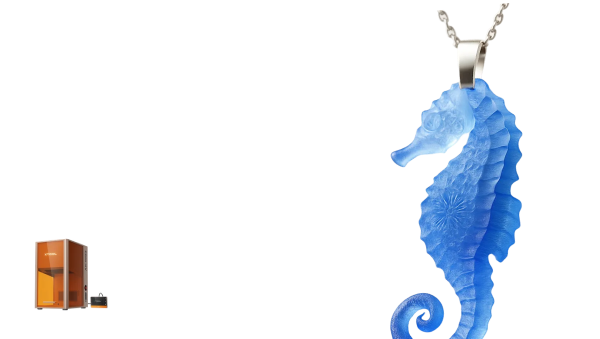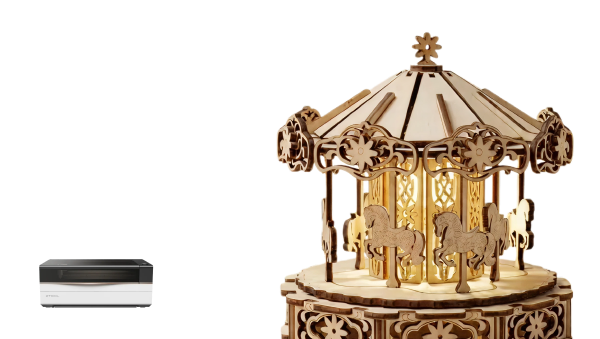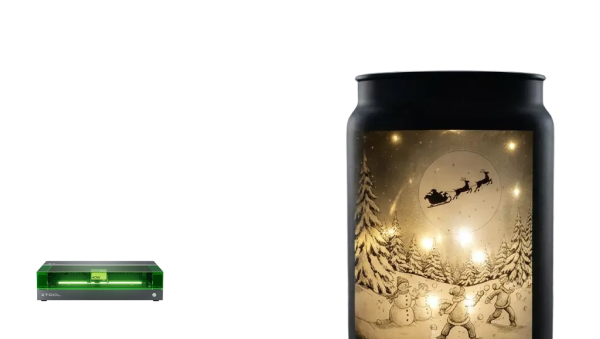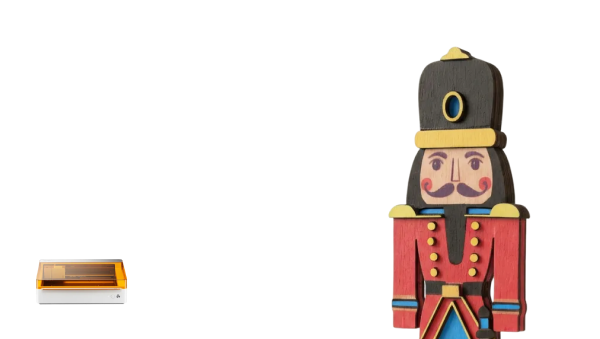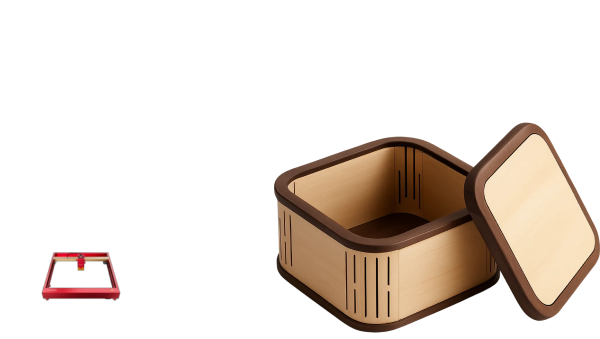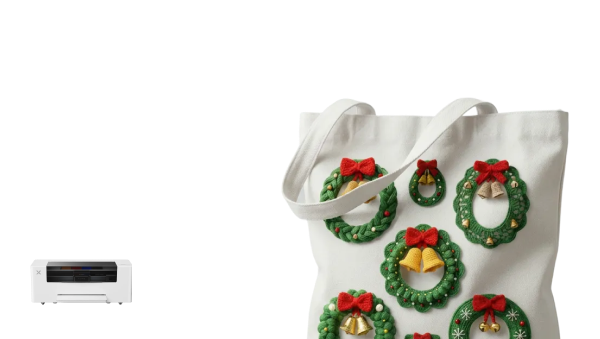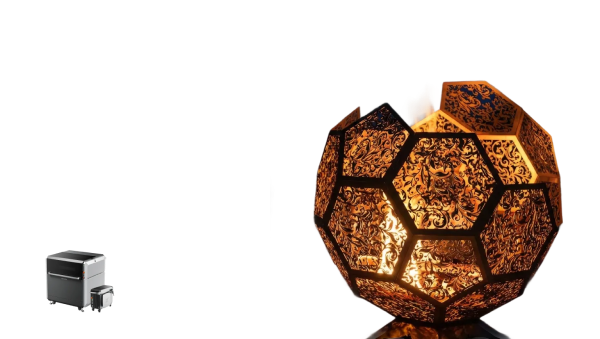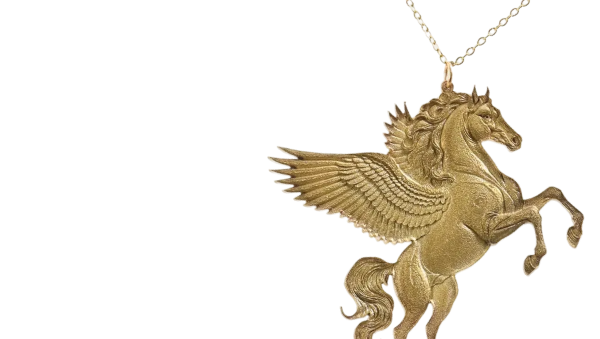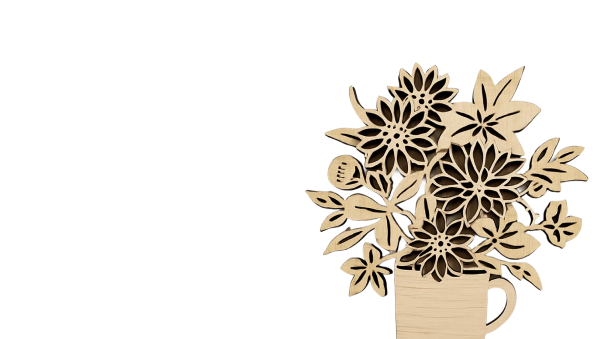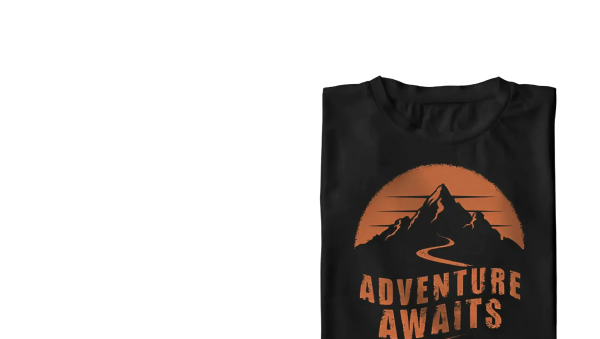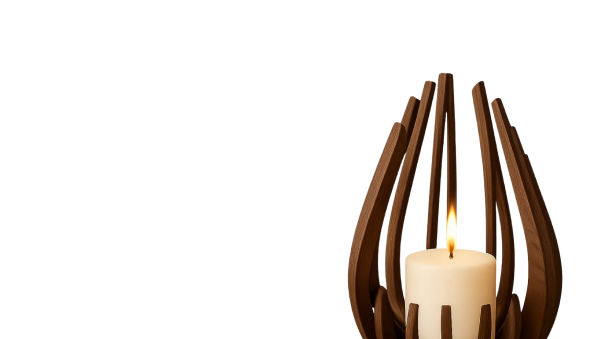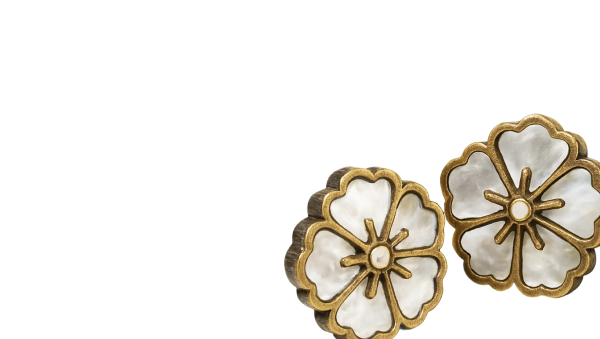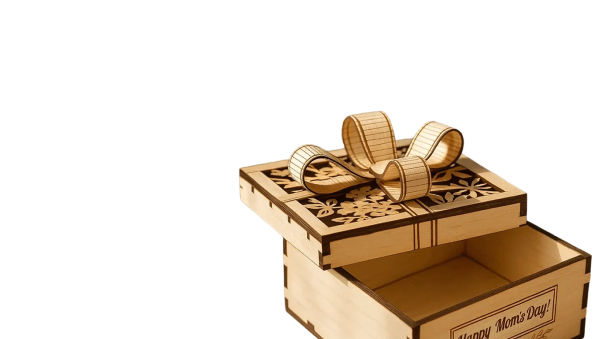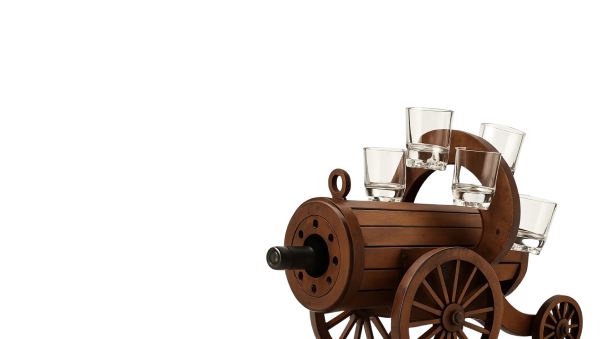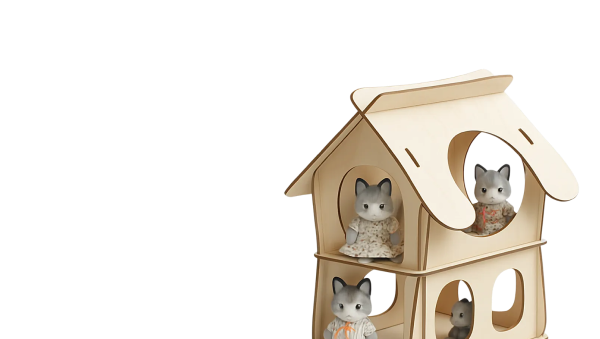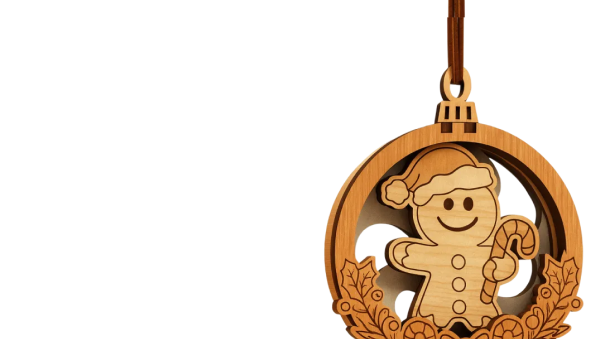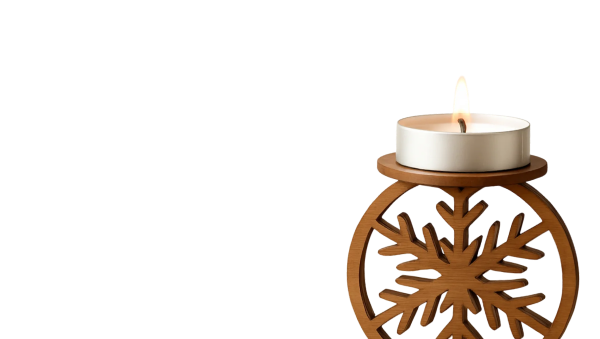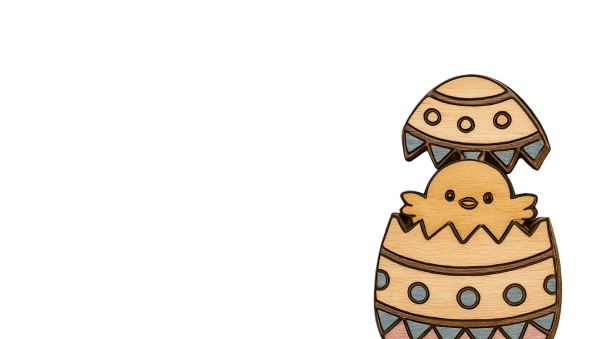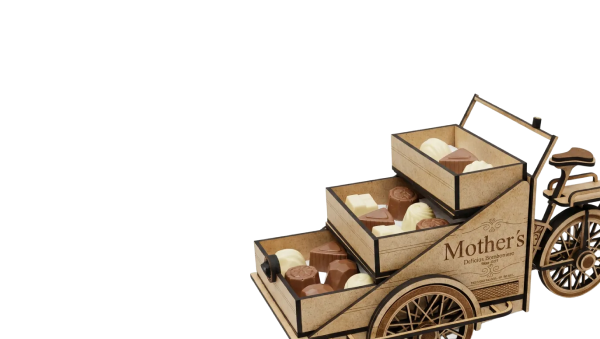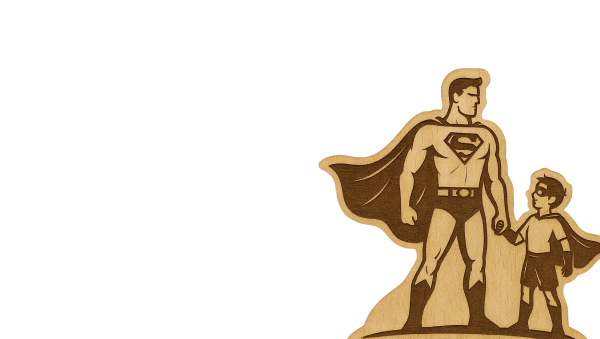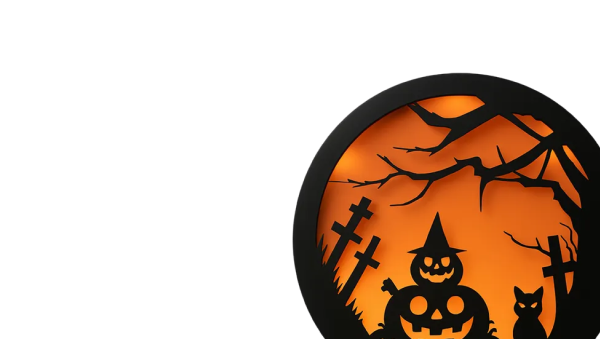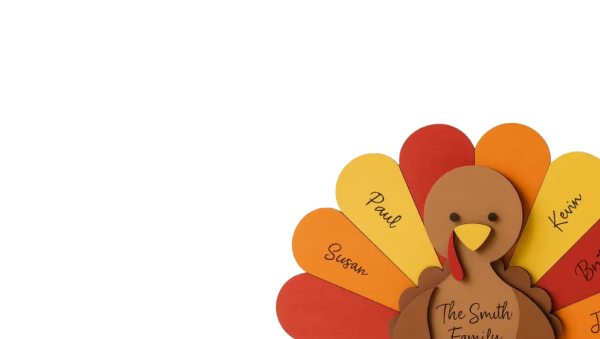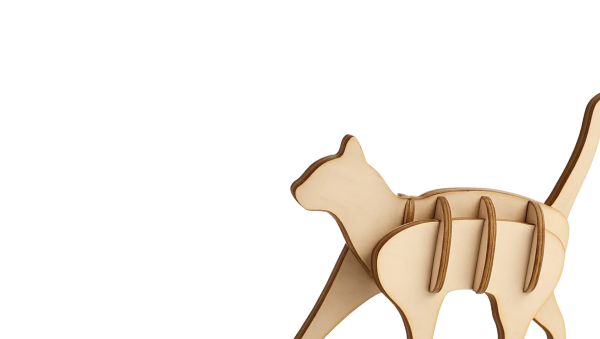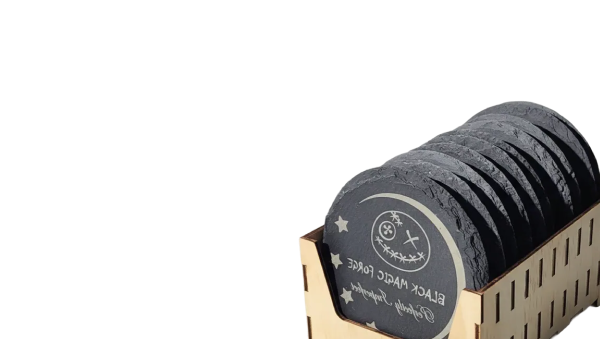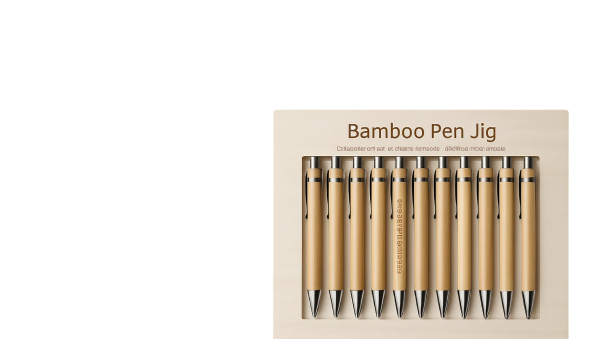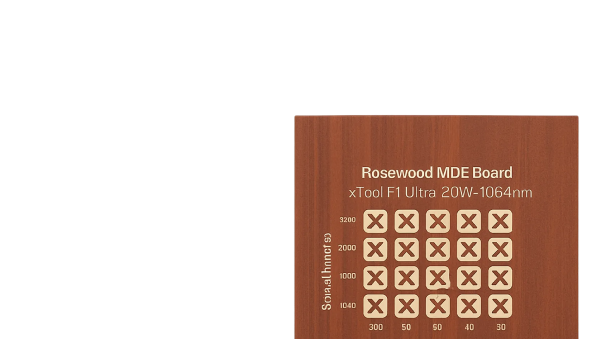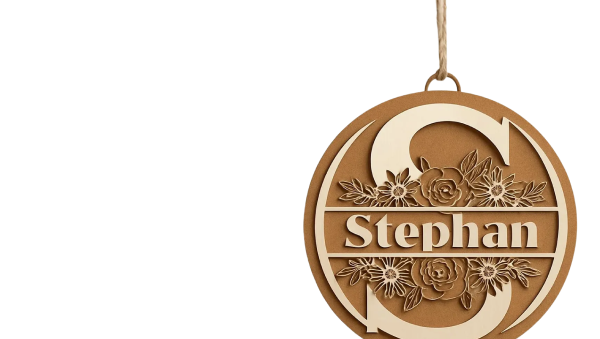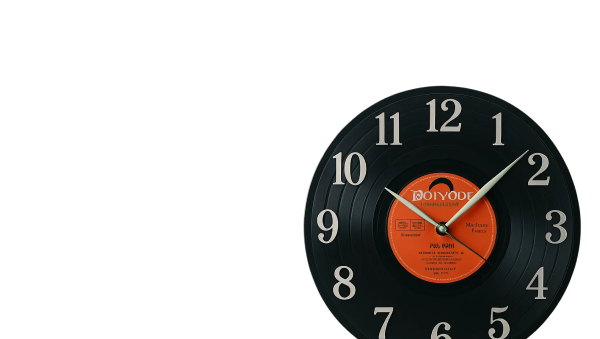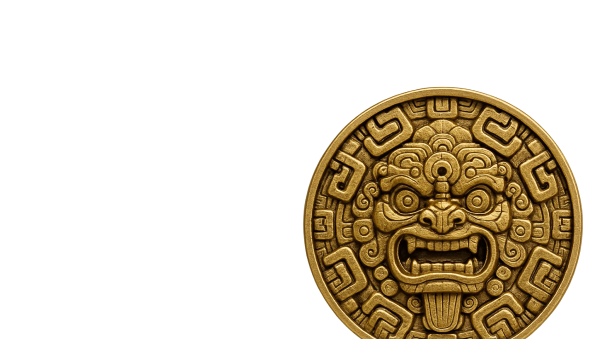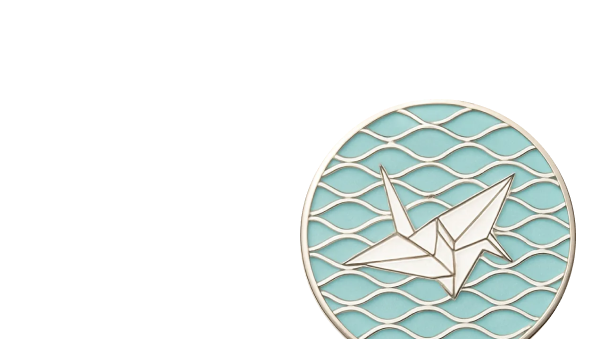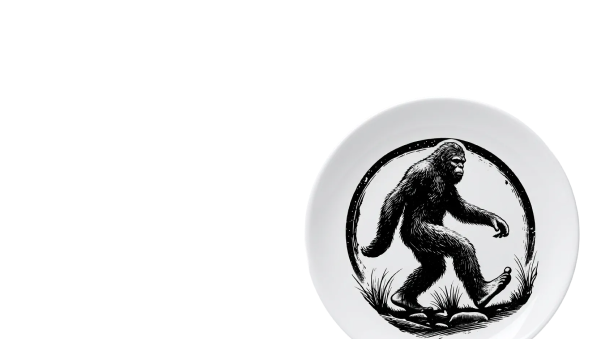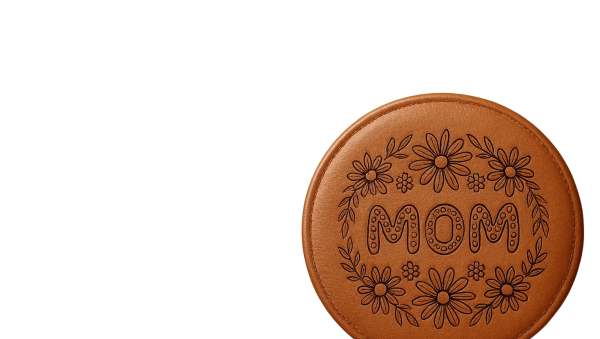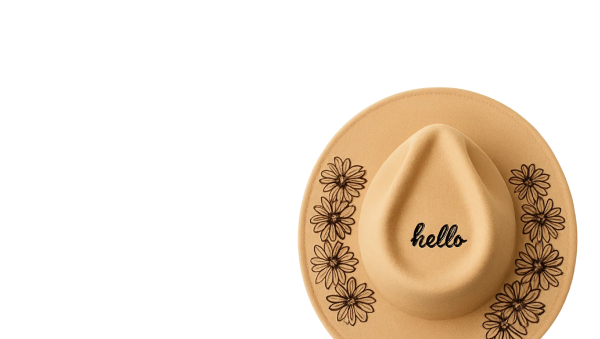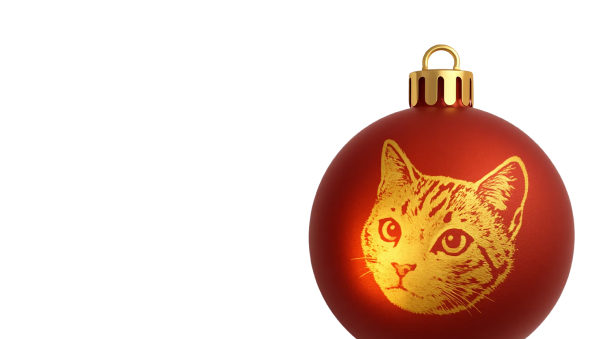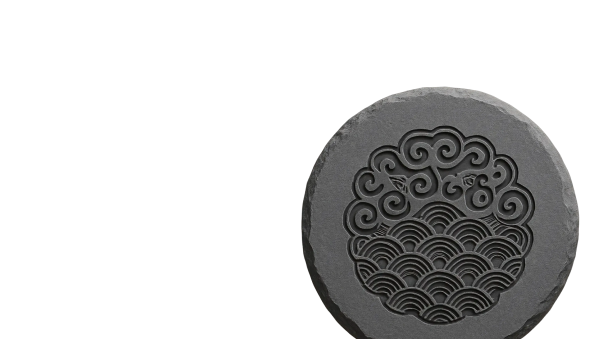![[Laser cut and engrave] Small wedding chapel model with working doors, stained glass windows and lights](https://image-res.xtool.com/resource/xtool/community/attachment/xtool-community/020edcd7-e063-4261-bc32-eb9a5b6cba04?x-oss-process=image/resize,w_1200,h_900,limit_0/interlace,1/format,webp/auto-orient,1)
Small wedding chapel model with working doors, stained glass windows and lights

Information
This is a cute chapel with pretty stained glass windows, lights, pews, working doors, showing a wedding scene. A lovely wedding gift with plenty of artistic detail. Entry into the 'make it small' contest. Lots of fun details, intended to become a keepsake.
Instruction
Step1: Initial cut out of church
Open the ‘church body’ canvas in the design find. All items there are cut from 3mm basswood. Cut and paint pieces but do not assemble.
The roof is pitched at 15/12 ratio (51.24 degrees). After the roof pieces are painted, sand the top edges to obtain a clean miter joint and then glue. Similarly, glue the four pieces of the steeple together and the four pieces of the steeple cap together after sanding to make miter joints.
Use the two ‘Roof Truss Spacer’ pieces to set the positions of the two roof trusses. The roof trusses glue into the inside surface of the roof to strengthen it, and the trusses are intended to fit inside the tops of the front and back parts of the church to stabilize the roof when set on top. The roof is not glued to the church, it is intended to be removable.
Don't glue the steeple to the roof yet, wait until later.
Note:
If you do not intend to put in lights, remove the small rectangle cutout in the base. That's just for accessing the switch of the battery pack of the lights. The lights I used are https://sameday.dollartree.com/store/dollar-tree/products/34273237-christmas-house-micro-led-multi-color-light-set-10-each, except I used the version with all white LEDs.
Step2: Make the stained glass windows
Switch to the ‘Window Acrylic’ canvas and change settings of the P2/P2s to use 3mm acrylic. Cut the given shapes in blue, red and yellow transparent acrylic. These will fit into the openings of the front and sides of the chapel. The acrylic is not glued, it is a loose fit that will be stabilized by the window cover pieces.
Go ahead and change the color scheme if you like.
Step3: Cut out the main window
Switch to the ‘Window Covers’ canvas. Note the three different designs for the back window. The ‘back window for coloring’ is engraved onto 1mm clear acrylic. After this piece is engraved, you then will color this clear acrylic using Sharpie markers, filling in each engraved shape (lots of rectangles and circles and arches).
This piece of clear acrylic, once colored, will be glued to the inside of the rear church body, with the smooth (unegraved) side towards the inside of the church. Then, take the ‘cames’ piece and cut that out of 3mm black acrylic. This will form all the cames, or joints, in the big fancy window. This is put into the cutout of the read of the chapel and then covered with the back window cover, another piece of 1mm clear acrylic, forming a ‘sandwich’ of clear-black-clear that holds the black in place.
Step4: Make the side and front windows
Now cut out all the side and front window covers from 1mm clear acrylic. Again, a ‘sandwich’ will be made where you glue one cover on the inside of a piece of wood (side or front of chapel, including doors), then lay in the colored pieces, then put another cover on the outside. The clear holds the colored pieces in place, no icky side edge gluing so the colored pieces stay nice and clear.
Step5: Build the interior
Switch to the ‘Pews and Altar’ canvas and cut pieces out of basswood.
Be certain to note that some pieces are made of 1mm basswood, some are made from 3mm basswood. Lightly sand the 1mm thick ‘seats’ and ‘backs’ of the pews, then gently wiggle the pins into the tiny holes. No need to glue.
for the altar, the front/back/sides are intended to slope inward as they go down so the top of the altar is larger than the footprint of the altar on the floor. Sand edges to adjust fit.
Option:
The Altar Dais and Altar Step pieces are only necessary if lights are being added. If you choose not to put in lights, then the altar can just be glued to the floor of the chapel (the ‘base’).
Step6: Movable Doors (Optional)
Using the same technique as described in my other project https://www.designfind.com/project/31881-technique-for-making-usable-hidden-doorwindow-hinges-in-laser-cut-wood, holes are drilled in the front of the church and watch pins are glued in place. Similarly, watch pins are set in the holes of the church base piece. Matching holes are drilled in the two doors so that when the church is assembled to the base, you get movable doors.
Sanding/filing of the doors will be necessary to ensure they swing freely. Just like with real house doors. If you don't want movable doors, modify the front of the church so that the doors are part of the front and not separate pieces.
Step7: Adding lights (optional)
Take the two light mounting bars and tape them to the work table. String the LEDs back and forth, gluing them to the engraved slots in the light mounting bars. Allow to set, then again use the Roof Spacers to glue the light assembly to the inside of the roof. Use of the spacers (just for placement, spacers are NOT glued) ensures that the lights won't interfere with putting the roof on the church.
The wire to the battery pack should be aligned to the corner of the roof that will be over the altar, on the right when viewing the church from the top. The wire will drop through the little corner cutout in the Altar Dais, and the battery pack hides under the Altar Dais unseen. The hole in the base allows use of a toothpick to turn the lights on and off.
The Altar Dais is a tight fit. Sanding will be necessary to allow it to slip between the sides of the church, and you'll also have to sand/cut the legs and the bottom step flush with the bottom of the church. Placement varies based on how you have set the Window Covers, so I intentionally made the piece a little bit tall so you can use the Window Covers as ‘stops’ when positioning the Altar Dais and then sand down for a nice overall fit.
Step8: Final Assembly
First, use a square and clamps to glue the sides, back and front of the church together. Be absolutely certain to do this on the base, making sure that you know which door is the right-side door, and which is the left-side door, and that the door hinge pins all line up before you glue the front on. In my model the front is not perfectly symmetrical, there is a correct way and an incorrect way to do it.
The proper order of assembly is
- Glue up main body of church.
- Verify fit of Altar Dais.
- Verify fit of doors. Hold things and make sure they swing freely.
- String the wire for the lights through the church body.
- Slide in the Altar Dais. Best to glue the altar, priest and couple onto the Dais first. The Altar Dais has to go in from the bottom.
- Put the battery pack under the Altar Dais. Slide everything together under the main window in the back. tie up excess wire slack with a bit of tape.
- Put doors on base.
- Then put church onto the doors. Tack-glue the church to the base, you want to be able to pry it off when batteries have to be replaced.
- Glue the pews to the base inside the church.
- Put the roof on the church.
- Glue the steeple on the roof.
Step9: Goin' to the chapel, and we're gonna get married....
Here are some bonus pictures of the church all lit up. We think it's darn cute.
